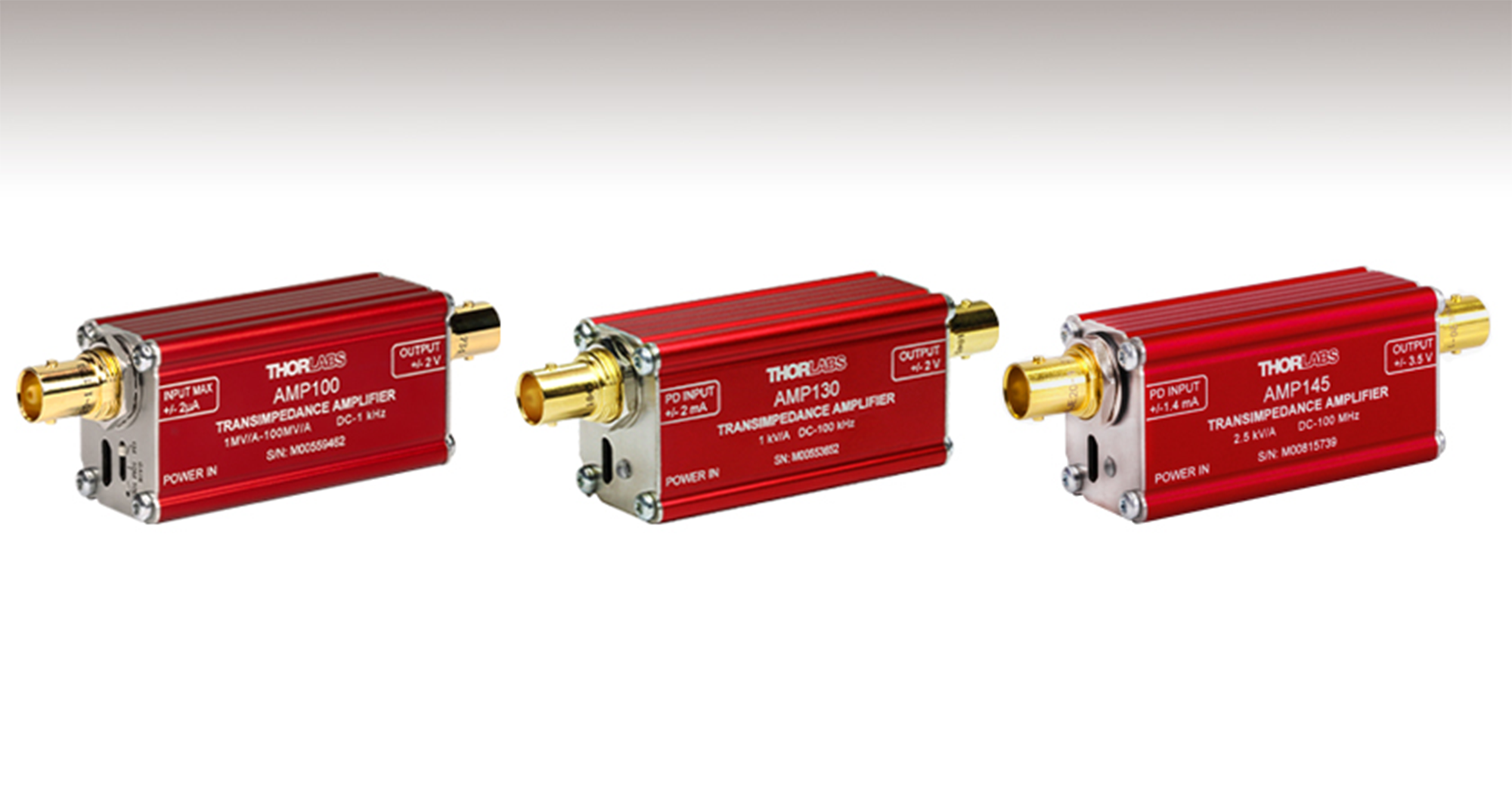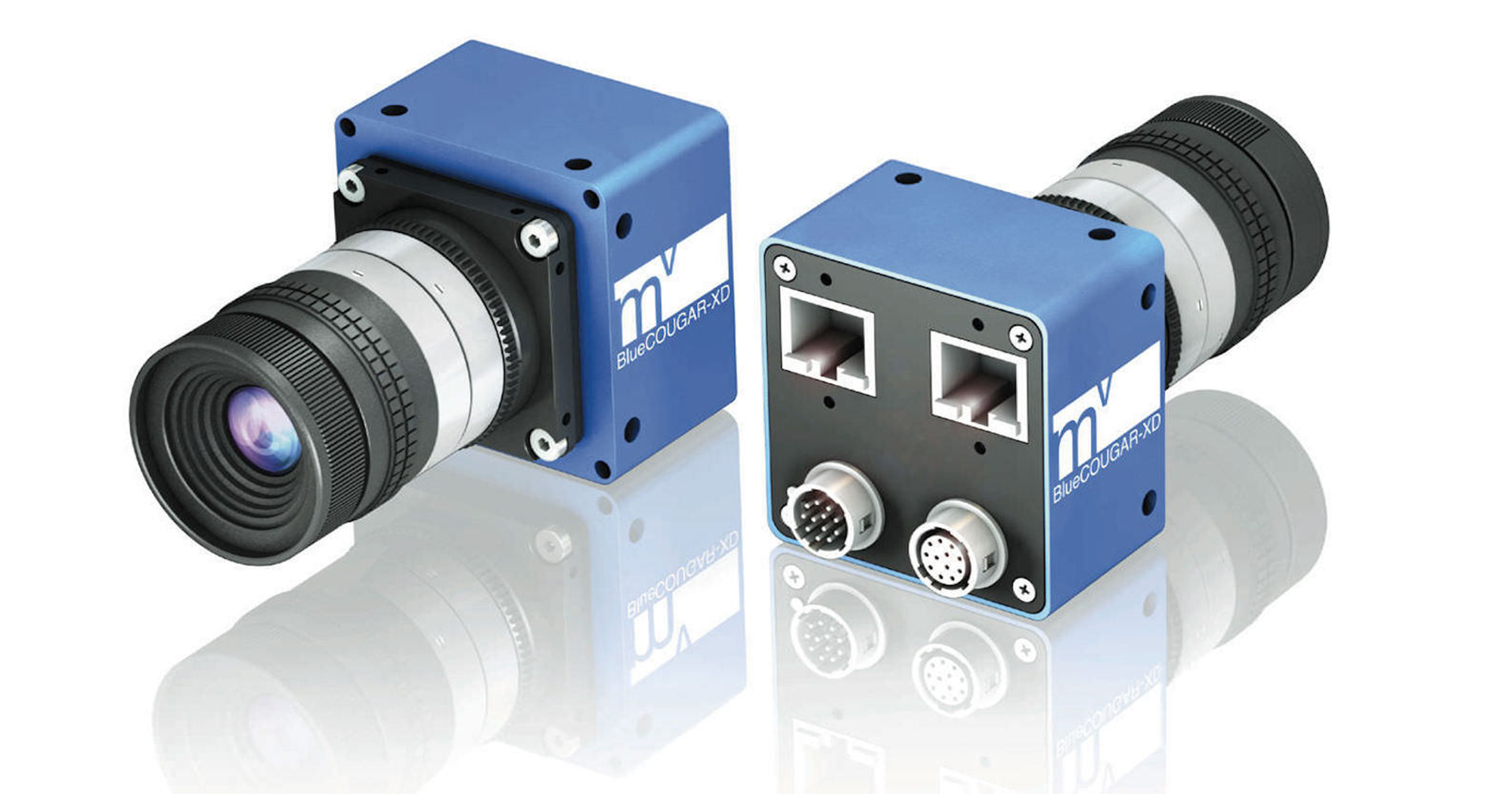Audio Amplifier Types Explained: Class A, Class AB?
Audio amplifiers play a vital role in sound systems, converting low-power audio signals into larger signals capable of driving speakers. Understanding amplifier types is essential for engineers and procurement professionals selecting the right components for their projects. This article explores the differences between Class A and Class AB amplifiers, while providing an overview of other common amplifier classes.
What Are Audio Amplifier Classes?
Amplifier classes are determined by their circuit design and operating characteristics, which influence efficiency, sound quality, and thermal performance. Here, we focus on the most common classes, starting with the widely used Class A and Class AB.
Class A Amplifiers
Operation: By conducting current through the output transistors at all times, even when no input signal is present.
Advantages: Superior sound quality, low distortion and high linearity, deliver exceptional audio fidelity.
Disadvantages: Low efficiency, inefficient, typically converting only 20–30% of power into sound while dissipating the rest as heat.
Heat Generation: Their continuous operation results in significant heat production, necessitating robust cooling systems.
Applications: Used in high-end audio systems and studio equipment where sound quality is paramount.
Class AB Amplifiers
Operation: Conduct slightly during idle states, reducing crossover distortion while maintaining higher efficiency.
Advantages: Improved efficiency: with efficiencies ranging from 50–70%.
Disadvantages: Moderate heat dissipation: generate noticeable heat, requiring heat sinks or cooling mechanisms.
Applications: Widely used in consumer electronics, home audio systems, and professional sound equipment.
Other Amplifier Classes
While Class A and Class AB are popular, other amplifier classes serve specialized purposes:
Class B
Operation: Each output transistor conducts for half the waveform cycle.
Advantages: Higher efficiency (up to 70%) compared to Class A.
Disadvantages: Prone to crossover distortion.
Applications: Cost-sensitive systems where sound quality is less critical.
Class C
Operation: Efficiency rather than linearity. They conduct for less than half the signal cycle, which introduces significant distortion.
Advantages: High efficiency (exceeds 80%).
Compact Design: Reduced power dissipation allows for smaller, lighter systems.
Disadvantages: High distortion, unsuitable for audio applications requiring fidelity.
Applications: RF transmitters, oscillators, and high-frequency systems.
Class D
Operation: Utilizes pulse-width modulation (PWM) to switch transistors on and off rapidly, minimizing power loss.
Advantages: Extremely high efficiency (90%+), compact size.
Disadvantages: Requires filtering to reduce switching noise, which can affect audio fidelity.
Applications: Portable audio devices, car audio systems, and high-power systems.
Class G and Class H
Operation: Employs multiple power supply rails or dynamic rail switching to optimize power delivery.
Advantages: Improved efficiency compared to Class AB.
Disadvantages: Increased complexity and cost.
Applications: High-power sound reinforcement and professional audio.
How to Choose the Right Amplifier Class?
Selecting the right amplifier depends on application requirements:
For Sound Quality: Choose Class A or Class AB.
For Efficiency: Opt for Class D or Class G/H.
For Budget-Friendly Solutions: Class B or basic Class AB designs.
For High-Frequency Applications: Consider Class C, ideal for RF transmitters and oscillators where efficiency outweighs signal distortion.
Engineers and procurement professionals should balance cost, efficiency, and performance based on the intended application.
Conclusion
Understanding the differences between amplifier classes, especially Class A and Class AB, helps ensure optimal system performance. Whether you're designing high-end audio systems or sourcing components for everyday devices, knowing the nuances of amplifier classes is key to making informed decisions.
For more information or to request a quote, please feel free to send us an RFQ.
Some Model Numbers




